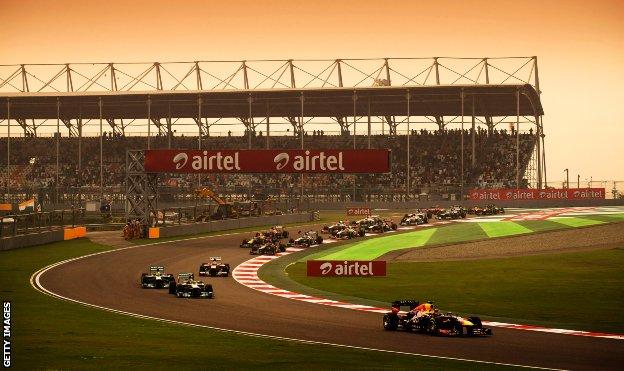From - BBC News
Edited by - Amal Udawatta,
India will host a MotoGP race for the first time in the competition's history in 2023.
The race will be held at the Buddh International Circuit, which previously hosted the Formula 1 Indian Grand Prix.
Indian sports minister Anurag Thakur said: "It's a historical day for the sporting industry and a tribute to the 75th year of India's celebration."
India has more than 200 million motorcycles on its roads - 75% of the total number of vehicles.
"We have a lot of fans in India and we're excited to be able to bring the sport to them," said Carmelo Ezpeleta, chief executive officer of Dorna, the sport's commercial rights holder.
"India is also a key market for the motorcycle industry and therefore, by extension, for MotoGP, as the pinnacle of the two-wheeled world.
"We very much look forward to racing at Buddh International Circuit and can't wait to welcome the fans."
The Buddh International Circuit, in Uttar Pradesh, hosted a Formula 1 race from 2011 to 2013 before the Indian Grand Prix was dropped from the sport's schedule.
MotoGP's expansion into India follows an announcement earlier in September of plans to race in Saudi Arabia, with the intention to build a purpose-built circuit in the Gulf kingdom.

Comments
Post a Comment